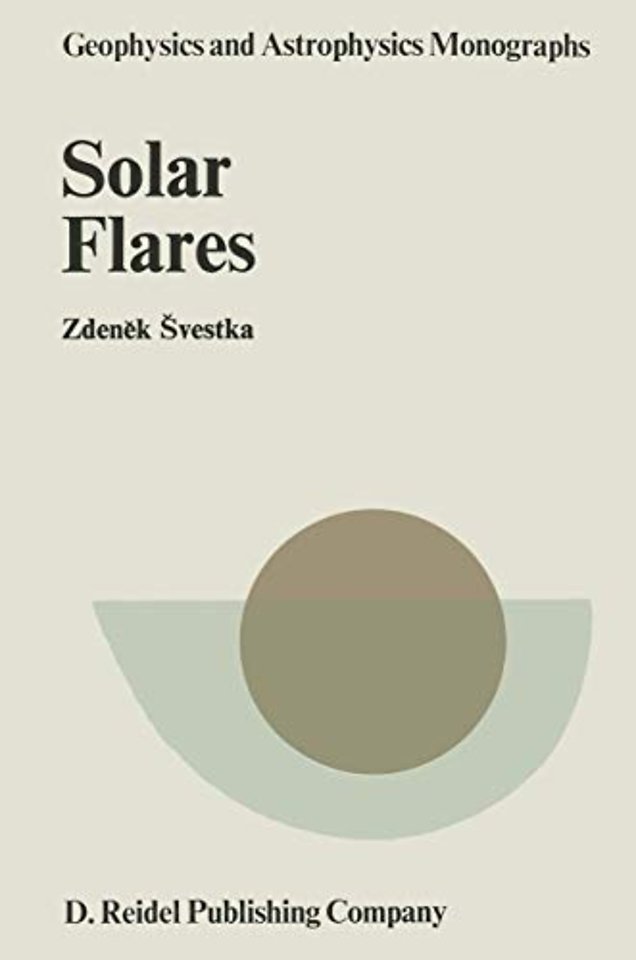Solar Flares
Samenvatting
This book is the first part of the originally planned publication by Z. Svestka and L. D. de Feiter 'Solar High Energy Photon and Particle Emission'. The second part, with the original title, was to be published by de Feiter in about one year from now. However, to the deep sorrow of all of us, Dr de Feiter died suddenly and unexpectedly when the present book was in print. Thus, unfortunately, de Feiter's second part may not appear. Due to the fact that the originally planned publication was divided into two parts, the present book is mainly descriptive and concerned with the flare morphology. It was expected that theoretical interpretations would be extensively developed in the second part, prepared by de Feiter. In particular, this refers to the theoretical back grounds of radio emissions, particle acceleration and particle propagation in space. Only in Chapter II, concerning the 'low-temperature' flare, do we go deeper into the theoretical interpretations, anticipating that de Feiter would have been concerned mainly with the 'high-energy' physics. Still, the book includes discussions on all important aspects of flares and thus can present the reader with a complete picture of the complex flare phenomenon. It is clear that many observed data on flares can be interpreted in different ways.

